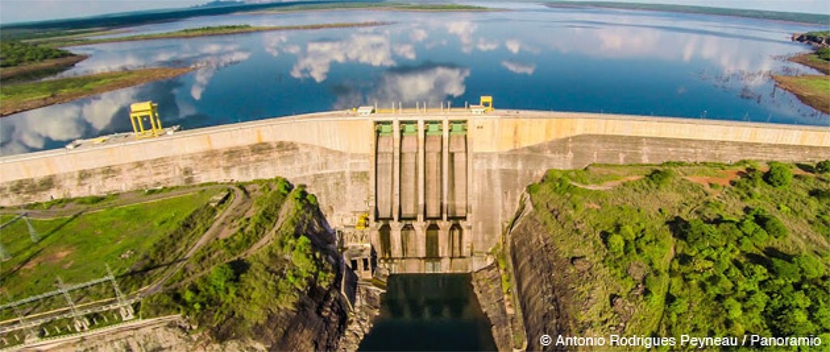

The first of the six generator-turbines is expected to begin supplying commercial energy to Angola’s public electricity grid on July 21, at the US$4.5 billion 2,070-MW Lauca hydroelectric plant
In a recent report from Prensa Latina, the plant, which is owned by Angola’s Empresa Nacional de Electrcidade, will begin operating before end of July this year. Odebrecht , a Brazilian firm, is the civil engineering and electromechanical assembly contractor.
In 2015, Obebrecht awarded Andritz a contract to provide six 340-MW Francis turbines, generators and other equipment for the hydroelectric plant. Andritz at that time said the project was scheduled for commissioning at the end of 2017.
The Lauca plant, Angola’s largest hydropower project; should help the country reach its short- and long-term energy goals so as to increase the country’s social and economic status.
Estimates from published sources show that of Angola’s 28 million inhabitants, only 7 million are connected to the public electricity grid. The government however, expects to double the number of users connected to the grid by 2025. At the moment, with an estimated GDP of $102BN, Angola is the third-largest economy in Sub-Saharan Africa, after South Africa and Nigeria.
Sources from the U.S. Department of Commerce say that Angola’s power generation mix will consist of up to 64% hydropower, or about 4 GW. Once the 700-MW Cambambe 2 and the 2,070-MW Lauca hydroelectric projects are fully commissioned, this goal will be achievable.
In 2015, reports had it that the World Bank committed $512M to Angola to finance the 700-MW Cambambe 2 project on the Kwanza River.
The Lauca and Cambambe 2 projects are part of a wider plan by the government of Angola to produce a total of 9 GW of energy from hydropower and other energy sources by 2025. This would help the country export electricity to markets in Namibia and South Africa.





